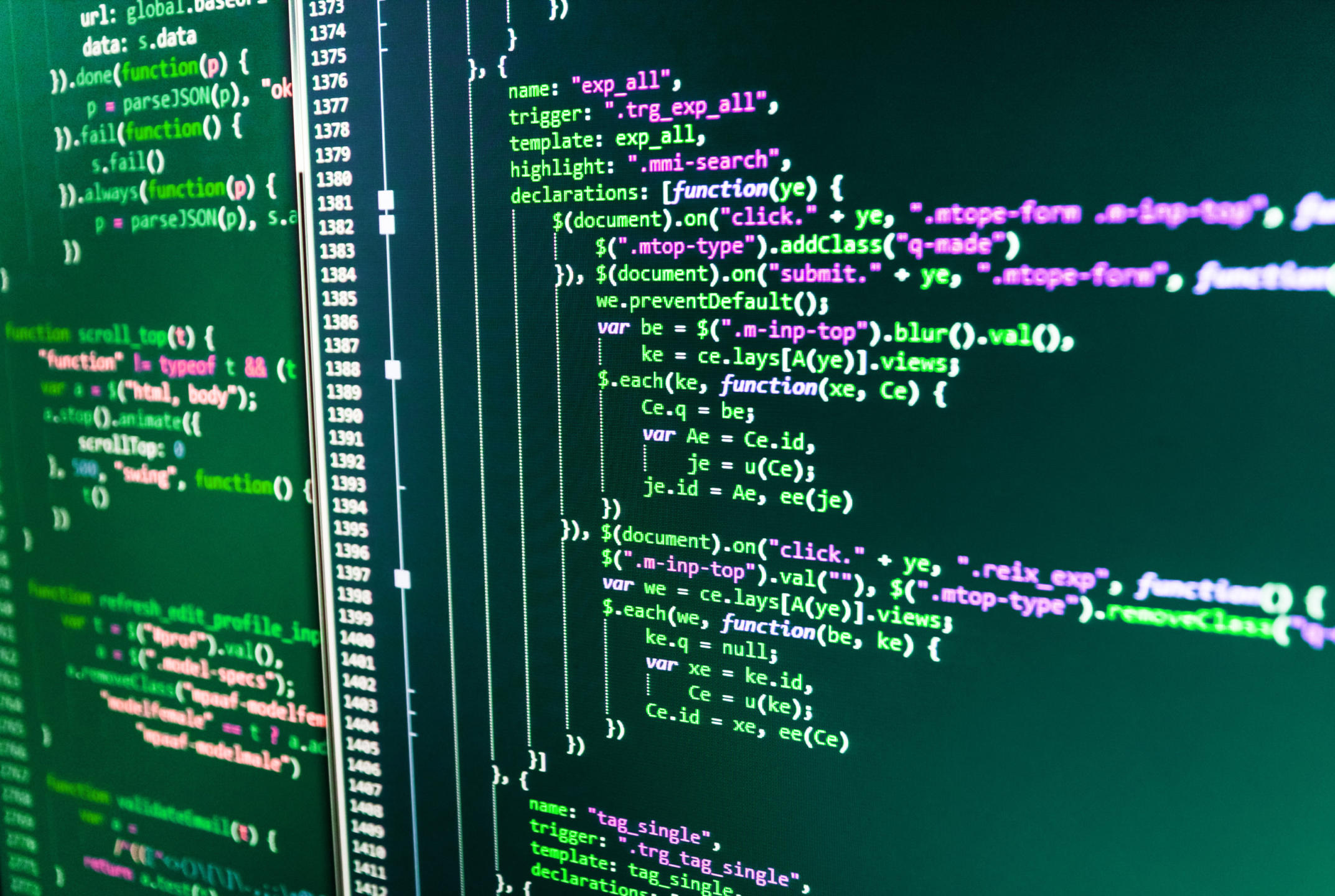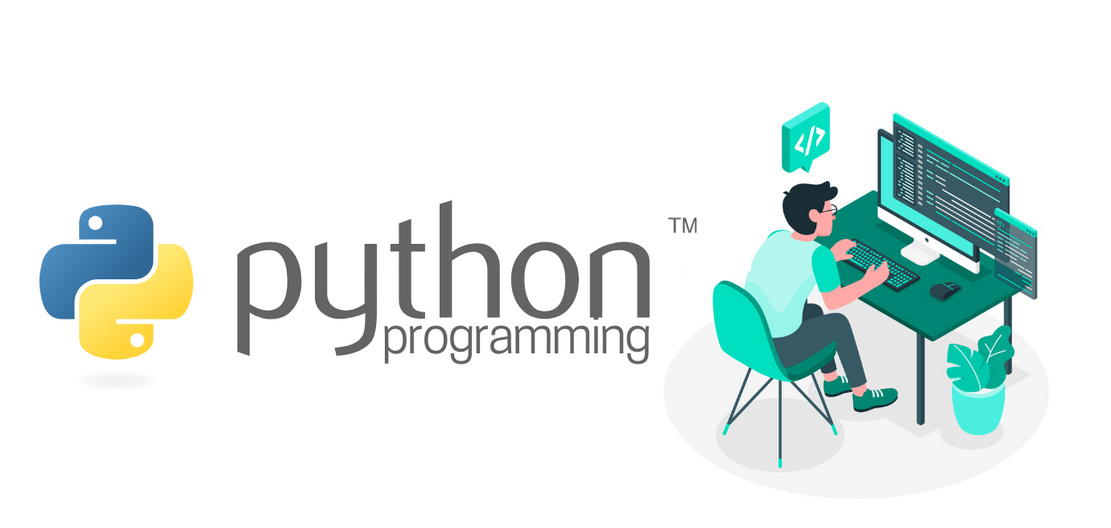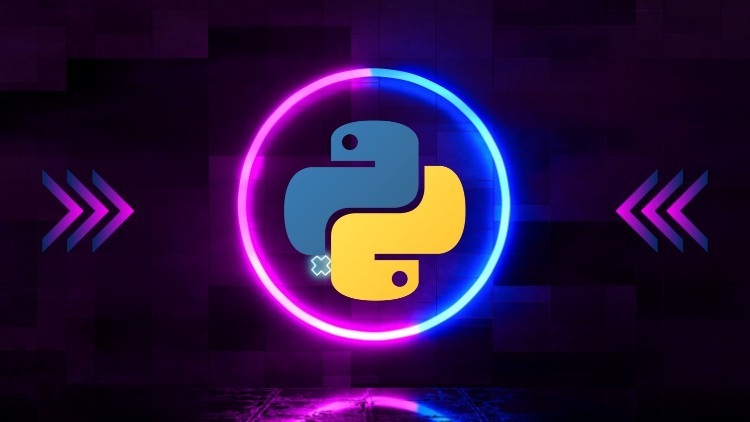Python has emerged as one of the most sought-after programming languages in today’s technology-driven world, with over 15.7 million developers worldwide using it for various applications. Whether you’re a complete beginner looking to enter the programming world or an experienced developer seeking to expand your skill set, learning Python can significantly boost your career prospects. The beauty of Python lies not only in its versatility and readability but also in the abundance of high-quality, free resources available to learn it.
From web development and data science to artificial intelligence and automation, Python’s applications are virtually limitless. What makes this journey even more accessible is that you don’t need to invest thousands of dollars in expensive courses or bootcamps. The internet is filled with exceptional free resources that can take you from a complete novice to a proficient Python programmer. These resources range from official documentation and interactive tutorials to comprehensive video courses and hands-on coding challenges.
The key to successful Python learning lies in choosing the right combination of resources that match your learning style and goals. Some learners thrive with interactive, browser-based coding environments, while others prefer structured video lectures or comprehensive documentation. The good news is that you can access world-class Python education from tech giants like Google and Microsoft, prestigious universities, and specialized coding platforms—all without spending a penny. This comprehensive guide will walk you through the best free Python courses available, helping you make an informed decision about your learning path.
Official Python Resources
Python.org stands as the ultimate starting point for anyone serious about learning Python. As the official Python website, it offers unparalleled access to comprehensive documentation, beginner-friendly tutorials, and in-depth explanations of Python syntax and libraries. The Python Beginner’s Guide provides a solid foundation for understanding core programming concepts, making it an invaluable resource for newcomers to programming.

The main advantages of using Python.org include direct access to official language documentation, reliable troubleshooting resources, and comprehensive coverage of Python libraries and modules. This platform serves as both an excellent learning resource for beginners and a reliable reference for experienced developers on specific Python functionalities.
Interactive Learning Platforms
Codecademy’s Learn Python 3 course revolutionizes the learning experience through its interactive, browser-based coding environment. This platform eliminates the need for complex software installations, allowing you to start coding immediately. The course systematically covers essential Python concepts, including variables, loops, functions, and data structures through guided exercises that provide instant feedback.
The interactive approach proves particularly beneficial for beginners who learn best through hands-on practice. Codecademy’s structured progression ensures you master fundamental concepts before advancing to more complex topics, making it an ideal choice for those new to programming.
Educative.io’s Learn Python 3 from Scratch offers another excellent interactive learning experience. This beginner-friendly course emphasizes hands-on learning through live coding environments, interactive coding challenges, and practical assessments. The platform’s unique approach combines written lessons with immediate coding practice, helping reinforce concepts through active engagement.
University and Corporate-Backed Courses
Coursera’s Python for Everybody by Dr. Charles Severance from the University of Michigan represents one of the most comprehensive free Python courses available. This beginner-friendly specialization starts with fundamental concepts and progressively advances to complex data-handling techniques, making it perfect for those interested in data analysis or automation.
The course structure includes video lectures, quizzes, and hands-on assignments that reinforce learning through practical application. While the course content is entirely free, Coursera offers optional paid certificates for those seeking formal recognition of their achievements.
Google’s Python Class provides an intensive learning experience designed for individuals with basic programming knowledge. This free two-day course covers everything from strings and lists to complete programs handling text files, processes, and HTTP connections. Google’s approach combines written materials, lecture videos, and progressively challenging coding exercises.
Microsoft’s Introduction to Python offers a concise yet comprehensive introduction through their learning platform. This 16-minute course covers essential concepts including Python installation, variable declaration, and basic input/output operations, serving as an excellent starting point for Microsoft’s broader Python learning paths.
Video-Based Learning Resources

YouTube hosts an incredible wealth of free Python content, with freeCodeCamp’s Learn Python – Full Course for Beginners standing out as a comprehensive 4.5-hour tutorial. Developed by Mike Dane, this course covers everything from Python installation to building practical applications like calculators and quiz programs.
Corey Schafer’s Python tutorials have gained legendary status in the programming community for their clear explanations and practical approach. These tutorials cover Python topics from beginner to advanced levels, making complex concepts accessible through easy-to-follow demonstrations.
Specialized Learning Platforms
GUVI’s Free Python Course offers a unique combination of theoretical learning and practical application through gamified coding platforms. This comprehensive course includes beginner, intermediate, advanced, and expert-level modules, allowing learners to progress from complete novices to proficient programmers.
The course features 35 level-wise lessons, practical sessions, activities, and quizzes, with optional IIT certification available for those seeking formal credentials. GUVI’s approach emphasizes real-world application through platforms like CodeKata and GUVI IDE.
Scaler’s Free Python Course with Certificate provides 9 hours and 48 minutes of comprehensive content covering Python fundamentals, data structures, object-oriented programming, and file handling. This course requires no prerequisites and includes 10 coding challenges to reinforce learning through practical application.
Choosing the Right Learning Path

The most effective approach to learning Python involves combining structured courses with hands-on practice. Coursera and LeetCode provide an excellent balance, with Coursera offering organized theoretical knowledge and LeetCode providing coding challenges to apply learned concepts.
For complete beginners, starting with Python.org for foundational knowledge, followed by Codecademy’s interactive exercises, creates a solid learning foundation. YouTube tutorials by creators like Corey Schafer can supplement this learning with visual explanations of complex topics.
Maximizing Your Learning Experience
Success in learning Python requires consistent practice and gradual progression from basic concepts to complex applications. Begin with structured courses to establish strong fundamentals, then gradually incorporate coding challenges and personal projects to reinforce your skills.
Building a portfolio of Python projects accelerates learning while demonstrating your capabilities to potential employers. This practical approach, combined with the theoretical knowledge gained from free courses, provides a comprehensive understanding of Python programming.
The abundance of high-quality free Python resources means that financial constraints need never be a barrier to learning this powerful programming language. Whether you prefer interactive tutorials, video lectures, or comprehensive documentation, there’s a free resource perfectly suited to your learning style and goals.




